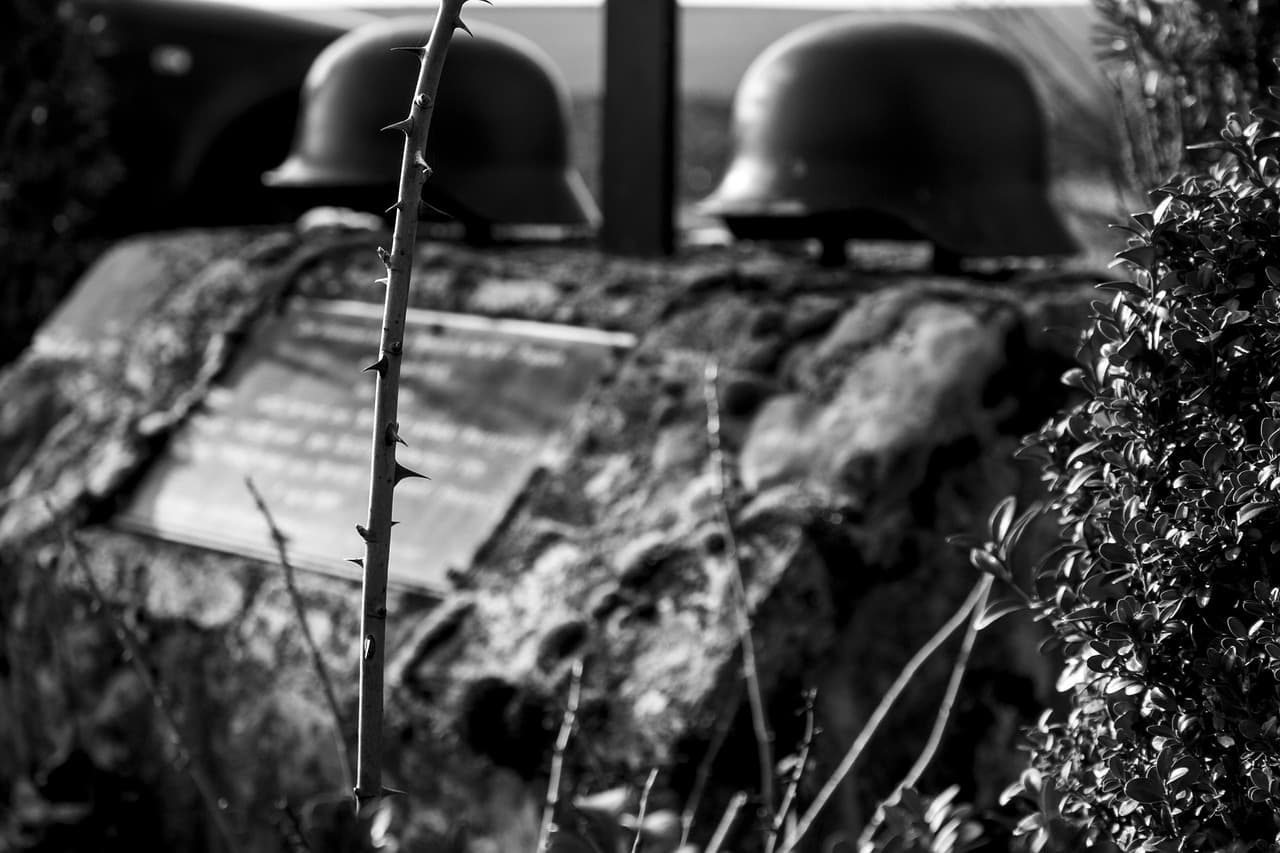
The Unknown Warrior was laid to rest in Westminster Abbey on 11th November 1920. Part of the inscription on his tombstone states: “They buried him among the kings, because he had done good toward God and toward his house”.
But how did the idea for this tribute come about, and how did the Unknown Warrior come to be laid at Westminster Abbey? Here, we take a look at the history of what has become one of the most visited war graves in the world.
The Background
In 1916, Reverend David Railton, who was a chaplain serving at the Front during World War One, was standing in the back garden of a house in Armentieres in France when he noticed a rough cross sticking out of the ground with the words “An Unknown British Soldier” written on it.
This image stayed with him and in 1920 he wrote to the Dean of Westminster, Herbert Ryle, with the idea to bring an unknown British soldier who died in the war, back to Britain, to be buried at Westminster Abbey with full honours to represent the many hundreds of thousands who died.
The Decision
The idea was supported by the Dean, the British Prime Minister David Lloyd George, and King George V. It was decided that the bodies of four British soldiers would be exhumed from the four battle areas of World War One; the Aisne, Arras, Ypres, and the Somme.
They were all brought to a chapel at Saint-Pol-sur-Ternoise on the evening of 7th November 1920; each one draped in a Union Flag. The commander of the British troops in France and Flanders, Brigadier General LJ Wyatt, entered the chapel with Colonel Gell. Without knowing which soldier was from which region of battle, the Brigadier-General chose one. The soldier was then placed in a plain coffin and sealed, while the other soldiers were then reburied.
The Journey
A service was held in the chapel the following morning before the body was escorted to Boulogne. The following day the coffin was placed inside a special zinc-lined coffin that had arrived from England, which was made from two-inch-thick oak from a tree in Hampton Court Gardens. It was draped with the flag that Reverend Railton had used as an alter cloth during the war.
It was then placed aboard HMS Verdun, who later presented the ships bell to Westminster Abbey, which now hangs near the grave, and was transported to Dover where it then travelled by train to Victoria Station to stay overnight.
The Burial
The next morning, the coffin was placed on a gun carriage drawn by six black horses of the Royal Horse Artillery. It made its way through the streets, which were lined with crowds, to Whitehall where a ceremony was held for the unveiling of the Cenotaph by King George V. The King then placed his wreath on the coffin and at 11.00am there was a two-minute silence. The coffin then proceeded on to Westminster Abbey.
Interestingly the grave that was dug inside Westminster Abbey was the first soil that was disturbed there since the Abbey was built in the 11th century. The Unknown Warrior was buried under earth that had been brought over in sandbags from the Western Front. The Abbey remained open for several days afterwards and over a million people queued to view it.
The Unknown Warrior Heritage Set 1920-2020 was released to mark 100 years since The Unknown Warrior was laid to rest at Westminster Abbey, and you can view it HERE. You can also view the We Will Remember Them range HERE, paying tribute to the ordinary ranks of the British armed forces involved in the Second World War.
And now, on this Remembrance Day, we remember and reflect on all those who have fallen…


